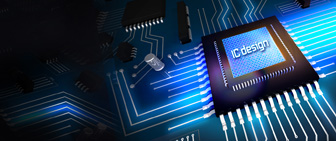Micron said in its latest quarterly results that it will work with TSMC to produce base logic dies for both standard and custom HBM4E memory. The disclosure highlights a significant shift in how next-generation high-bandwidth memory may be built, as foundries, rather than DRAM makers, begin handling the foundational logic layer of advanced HBM stacks.
Buoyed by surging semiconductor exports at SK Hynix, the SK Group is on track to post a record-breaking KRW120 trillion (approx. US$81 billion) in exports in 2025, underscoring the company's growing dominance in South Korea's trade performance. SK Hynix alone now accounts for roughly 65% of the conglomerate's outbound shipments.
Simon Chen, chairman and CEO of ADATA Technology, stated that demand for DRAM and NAND flash has far outpaced production, with DDR5 prices rising even faster than DDR4 in the fourth quarter. DRAM's strong profitability, he noted, has led upstream manufacturers to shift part of their NAND flash capacity toward DRAM output, thereby tightening NAND supply even further.
China's memory maker CXMT used this year's IC China 2025 expo to debut its new DDR5 product line, signalling its most assertive push into high-end server and AI-focused DRAM. The chips reach 8000Mbps and 24Gb per die, placing CXMT firmly among top-tier global DRAM suppliers.

